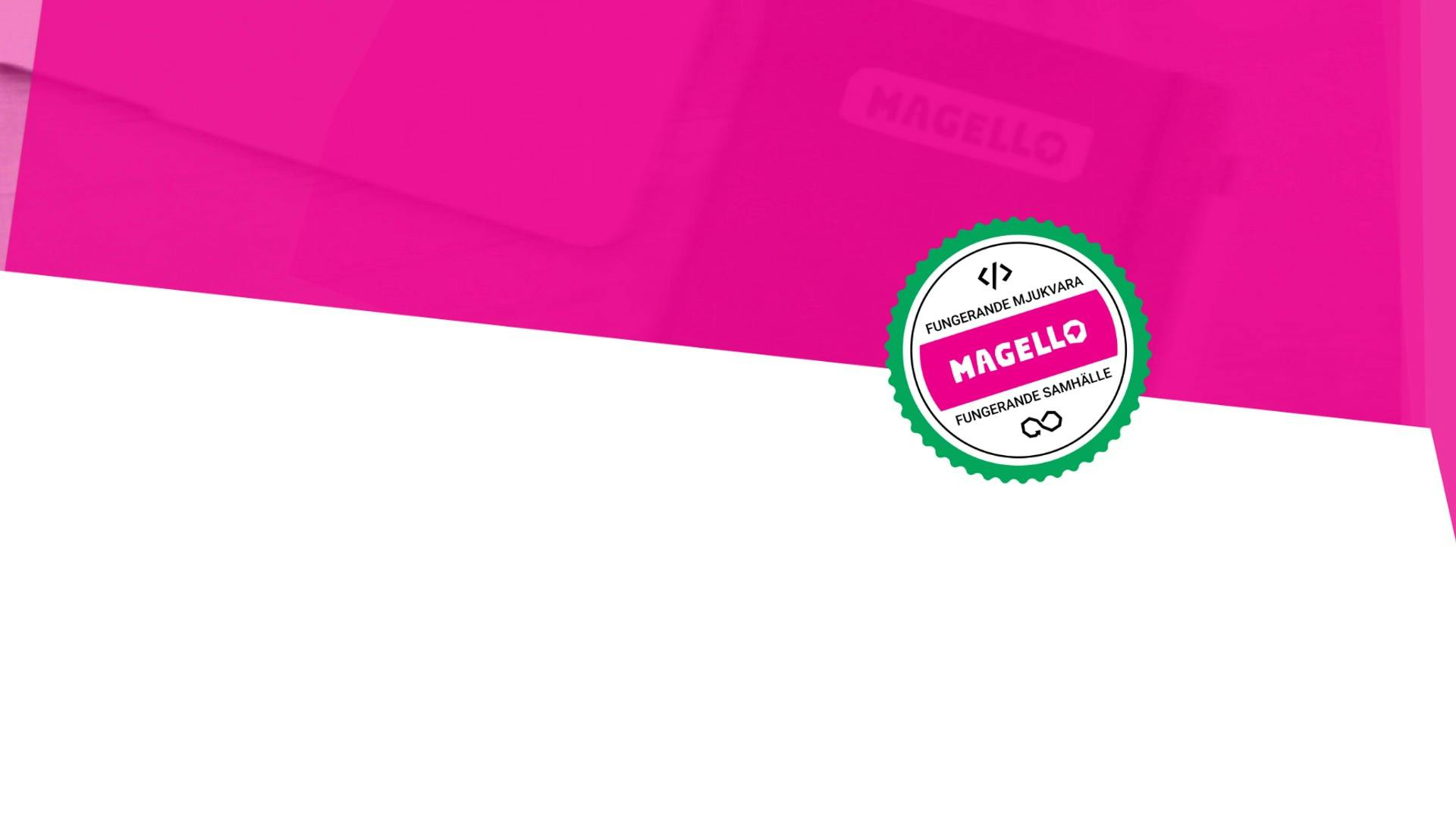Tech Glossary
What is WPF?
Windows Presentation Foundation (WPF) is a graphical user interface (GUI) provided by Microsoft for building user interfaces in Windows environments. WPF is one of the two main technologies for creating user interfaces in the .NET Framework, the other being Windows Forms. WPF was first introduced in Windows Vista and has been available in all subsequent versions of Windows since then. WPF uses XAML (Extensible Application Markup Language) to create user interfaces. XAML is a markup language similar to HTML and XML. One of the major advantages of WPF compared to Windows Forms is the graphical flexibility. WPF allows developers to create user interfaces with advanced graphical effects that are not possible to achieve with Windows Forms. Another major advantage of WPF is the separation of layout and logic that XAML allows. In Windows Forms, the layout and logic of a user interface often have to be written in the same code file. With WPF, the layout and logic can instead be written in separate files, making it easier to keep the code organized and easier to change the layout without having to change the code. However, there are also disadvantages to WPF. One of these is that it is a relatively new technology, which means that there is



